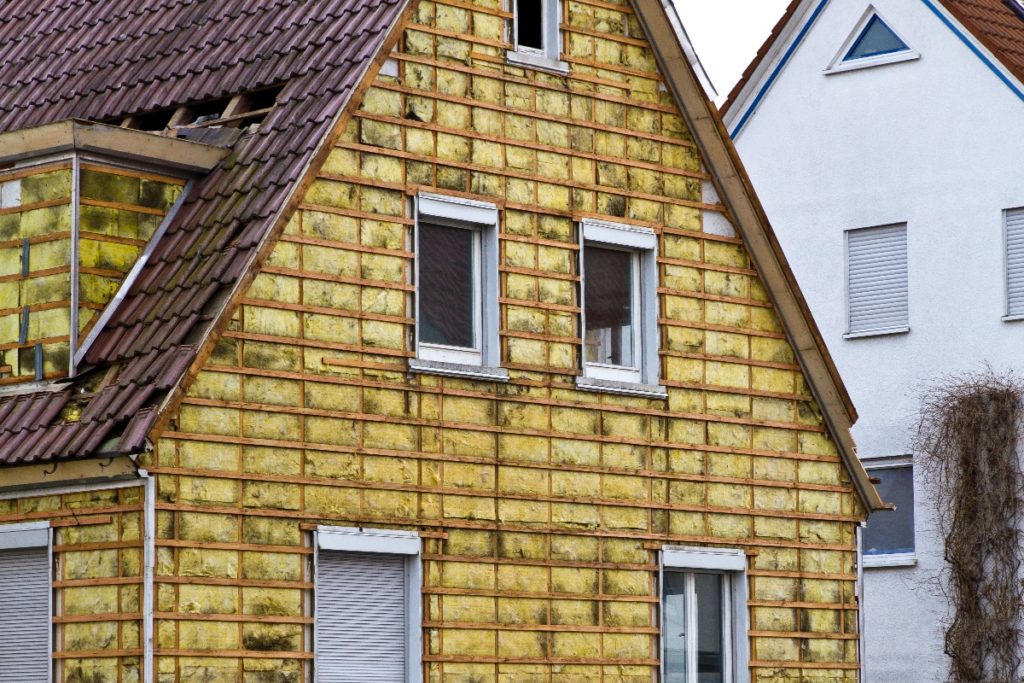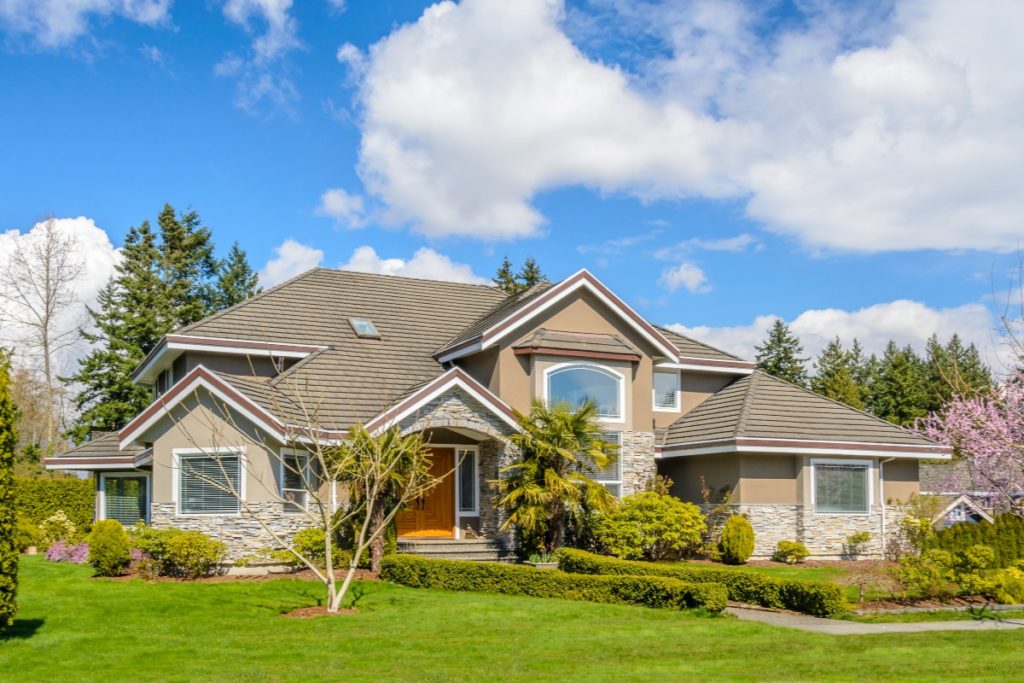Summers can feel like a nightmare if you live in one of the hottest cities in the U.S., or anywhere in the world, for that matter. Even the slightest movement can make you sweat as if you’ve run on a treadmill. And you could never have enough of an ice-cold beverage.
The best solution to the sweltering heat is, of course, turning on the AC. Why should you put up with heat, indeed, if you have a perfectly functioning cooling system? But while the AC comes in handy during summer, it’s not the most energy-efficient way to cool down a space, especially if you’d run it the whole day. What’s more, it makes you dread your energy bills.
If your home doesn’t seem to tamp down the heat without an AC, perhaps it lacks a good insulation system, or your windows and doors let warm air in. By fixing those issues, you can reduce your need for the A/C, and save energy and the environment in turn.
What is an Insulation System?
For starters, an insulation system is a material that reduces the exchange of heat through a surface, such as a wall, roof, attic, duct, or roof. An insulator is the opposite of a conductor, which allows electrons — in this case, heat — to pass through a material.
If your home is well-insulated, less warm air escapes from it during the cool season, and less cool air escapes from it during the warm months. As a result, you won’t require too much energy for heating and cooling.
That said, an insulation system is useful in homes located in either very hot or very cold regions. But since we’re focusing on hot regions in this guide, we’re talking about year-round temperatures of around 75 F to 86 F. In summer, those numbers can jump from 90 F to over 100 F.
Improving an outdated or insufficient insulation system can reduce your annual heating and cooling costs by up to 20%. In older homes, an insulation upgrade is usually necessary, since the overall energy efficiency in such homes often doesn’t meet the current standards.

Types of Insulation Systems
There are at least nine different types of insulation systems. The easiest to install are the following:
- Batts and Rolls
Applicable in unfinished walls, including foundation walls, as well as in floors and ceilings. The material is fitted between studs, joists, and beams.
- Reflective System
A reflective insulation system is applicable in the same areas as batts and rolls, and the installation method is the same as well. It works best at preventing downward heat flow, but its effectiveness relies on spacing.
- Spray Foam Insulation
Spray foam insulation is good for filling small cavities in areas where cold or hot air can escape. There are two types of spray foam insulation: closed-cell foam and open-cell foam. The former is the better insulator because it’s tougher, and it structurally reinforces the insulated surface. The open-cell foam, in comparison, is porous, so it allows vapor or liquid water to pass through. It is, however, more effective as a sound barrier.
Cooling a Hot Home Without Increasing Energy Bills
At the end of the day, an insulation system can only do so much. To boost its effects, note the hacks below:
- Open your windows in two different ways.
On the downwind side of your home, open the top section of the windows, and the bottom section on the upwind side. If you have a box fan or window fan, have it face out the window, so that the hot air will blow outside. Then wet a sheet and hang it in front of the window, so that the breeze coming in will be a little chilled.
- Heat-proof your bed.
To be able to take naps without waking up drenched in sweat, use a cooling pillow, or place frozen bottled water at the foot of your bed. It dampens your sheets a bit so that you can sleep feeling cool.
- Make your ceiling fans rotate counterclockwise.
Did you know that you should adjust your ceiling fans seasonally? Set its rotation to counterclockwise during the summer, or all year long if you can’t stand your area’s constant heat. A counterclockwise rotation creates a wind-chill breeze effect.
- Add plant life.
Fill your space with indoor plants, and create some shade in the exteriors by planting a tree or two. Planting vines near light-facing windows is also a good move. Plants can minimize your AC use for the long term, allowing you to cut down your energy bills every month.
Of course, it’s fine to run your AC every so often, especially if there’s not even a wind outside. But take note that your AC isn’t the only savior you have in your hot region. Natural solutions are still superior.


